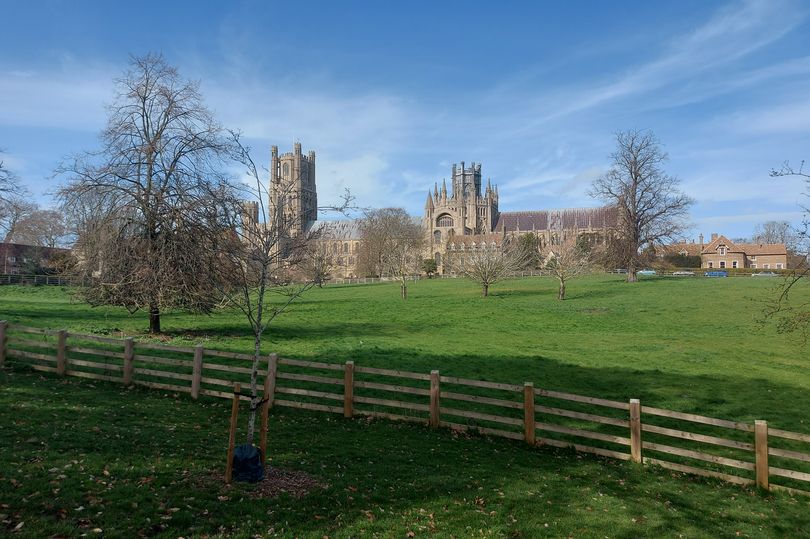The bustling town of Aylesbury is bracing itself for significant travel disruptions as a crucial thoroughfare into the town is […]
In the heart of Cambridgeshire, beneath a verdant public park, lies a tantalising mystery that has intrigued local historians and archaeologists alike. The site, believed to have once been home to a grand castle, remains shrouded in obscurity, with no visible remnants to bear witness to its storied past. However, a notable excavation in 2002 unearthed a treasure trove of artifacts, hinting at the grandeur that once defined this location. As we delve into the history and significance of this lost castle, we uncover layers of intrigue that paint a vivid picture of the region's medieval heritage.
A Fortress Lost to Time

Source: https://www.cambridge-news.co.uk/news/history/lost-cambridgeshire-castle-no-visible-29580173
The tale of the lost Cambridgeshire castle is one of both fascination and frustration. Historians assert that the castle could have played a central role in the socio-political landscape of the area during its peak. However, the absence of tangible remains has left many questions unanswered. Public parks are often sanctuaries for leisure and recreation, yet beneath the surface, they can conceal stories that speak volumes about our collective past.
The castle's exact origins are still debated among scholars, with some positing that it was constructed in the 11th century amidst the Norman Conquest. Historical records suggest that it may have served as a stronghold for local lords or as a strategic military post. Despite its historical significance, the site lay largely forgotten until it was identified as a potential archaeological gem in the early 21st century.
The 2002 Excavation: Unearthing the Past
In 2002, an archaeological dig was initiated, igniting excitement in the academic community. The excavation, which took place over several weeks, produced a variety of intriguing finds that offered a glimpse into life during the castle's alleged existence. Among the discoveries were fragments of pottery, tools, and remnants of structures that hinted at past habitation.
One particularly exciting find was a series of postholes that suggested the existence of wooden structures, possibly indicative of a palisade or other defensive works surrounding the castle. Additionally, researchers unearthed a collection of medieval coins, further solidifying the site's historical importance and economic activity. These items not only provide insight into daily life but also underscore the influence of trade networks that existed during the period.
Community Interest and Awareness
The excavation ignited interest within the local community, sparking discussions about preserving historical sites and enhancing public awareness of the area's rich heritage. While the castle itself remains a ghostly presence, the findings have encouraged local historians and residents to advocate for further research and exploration.
Plans to create interpretive signage and educational programs at the park have emerged, aiming to inform visitors of the site's historical significance. Such initiatives would serve to bridge the gap between the past and present, allowing the public to engage with the history that lies just beneath their feet.
A Future of Discovery
As we reflect on the lost castle of Cambridgeshire, we are reminded of the unyielding nature of history. While its physical form may be absent, the artifacts and stories unearthed through excavation keep the memory of this once-magnificent stronghold alive. The mystery surrounding the castle invites us to imagine what life was like in those bygone days and whether further excavations might yield even more secrets hidden below the park's surface.
Ultimately, the quest for knowledge continues, and as we dig deeper into our past, we uncover not only the remnants of structures but also the lives of those who walked before us. The lost castle may remain elusive, but its spirit endures, inspiring future generations to seek out and celebrate their historical roots.